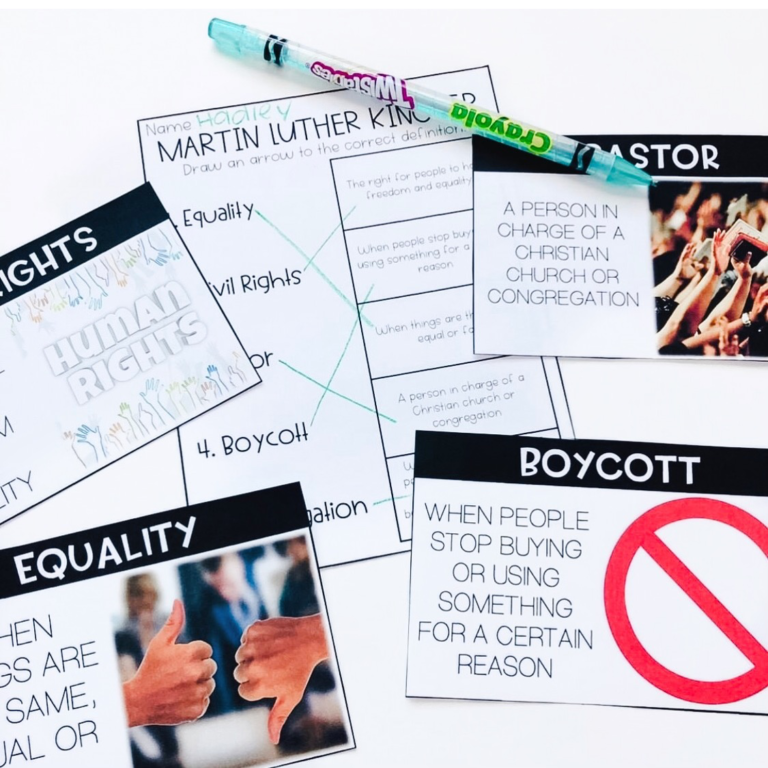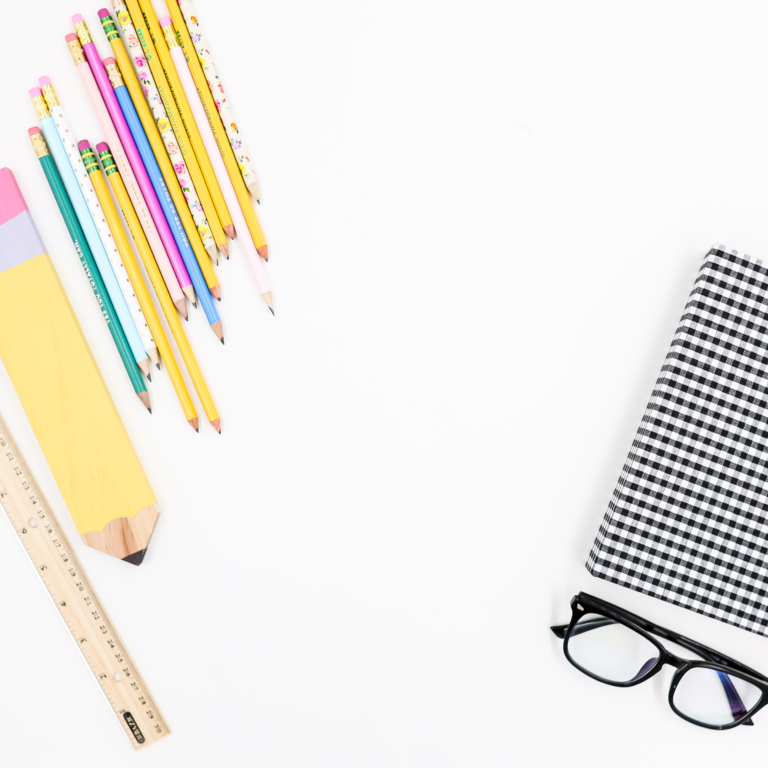How to Teach Historical Figures: A Step-by-Step Guide

History is not just a collection of dates, events, and facts. It’s a story of people, their struggles, achievements, and impact on the world. Historical figures are the central characters of this story, whose contributions have shaped our society and culture. Teaching kids about historical figures is a great way to connect them to the past, give them role models to look up to, and help them develop a love for history. However, teaching kids about historical figures can be challenging, especially if they are too young to understand complex ideas and concepts. In this blog post, we’ll give you a step-by-step guide on how to teach historical figures to kids in a fun and engaging way.
Snag a free roadmap to help you stay on track when making engaging science lessons. HERE!

Choose the Historical Figure
The first step in teaching kids about historical figures is to choose an appropriate figure that interests them. You can ask them what kind of person they would like to learn about, or you can introduce them to some famous historical figures and let them choose. Make sure that the figure you choose is appropriate for the age and maturity level of the child. You can use books, online resources, videos, and podcasts to find information on historical figures.
Introduce the Historical Figure
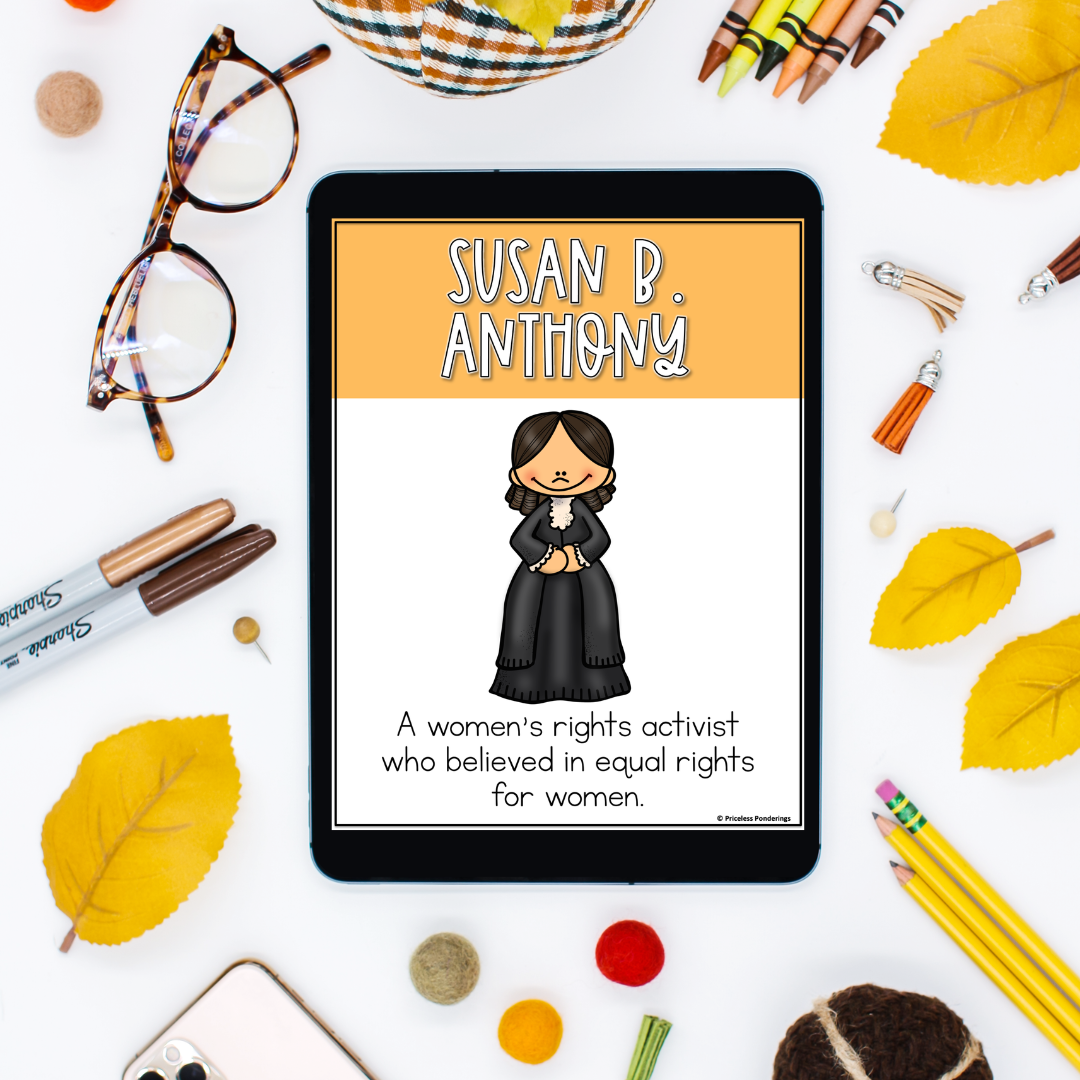
Once you have chosen the historical figures, you need to introduce them to the child. You can start with some basic information like their name, where and when they lived, and what they are famous for. Use pictures, videos, and stories to engage the child and make the learning process fun. You can also use props like costumes and artifacts to create a more realistic and immersive experience.
Discuss the Historical Figure’s Contributions
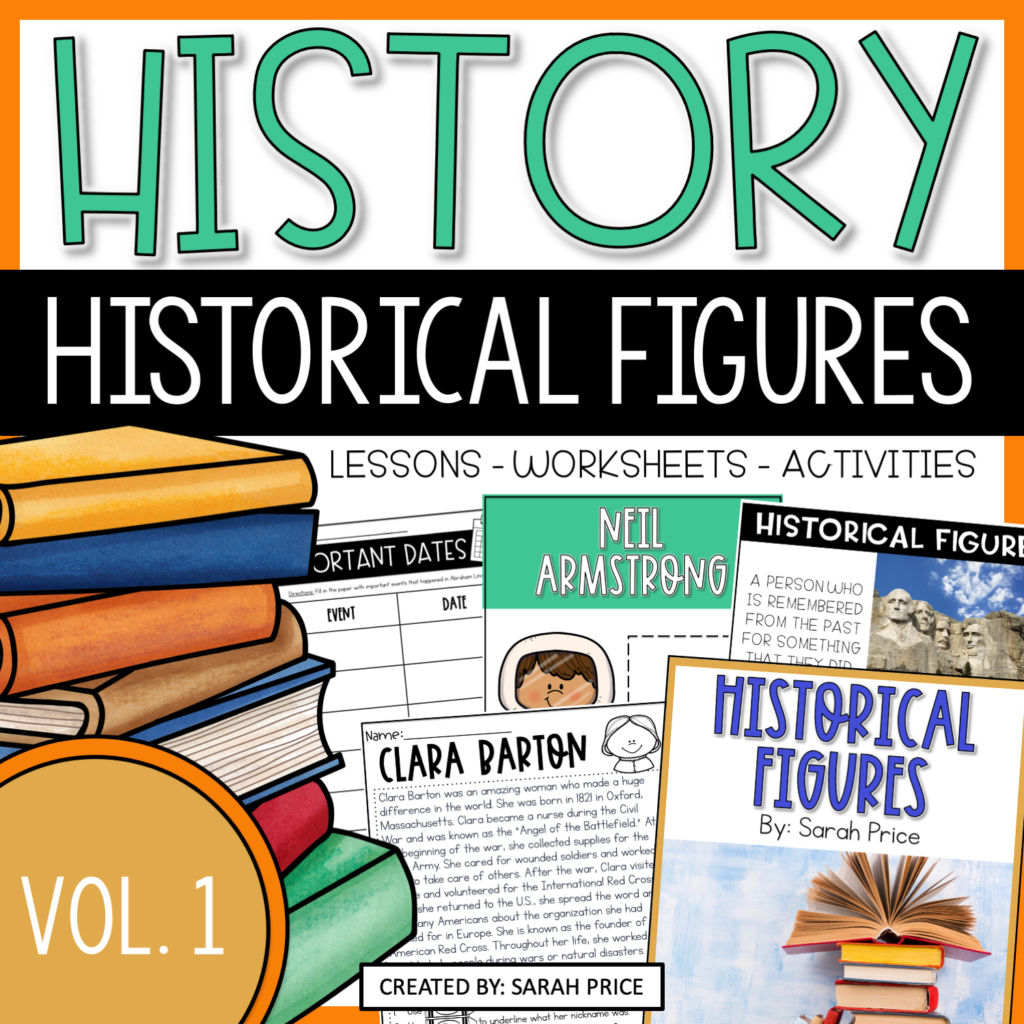
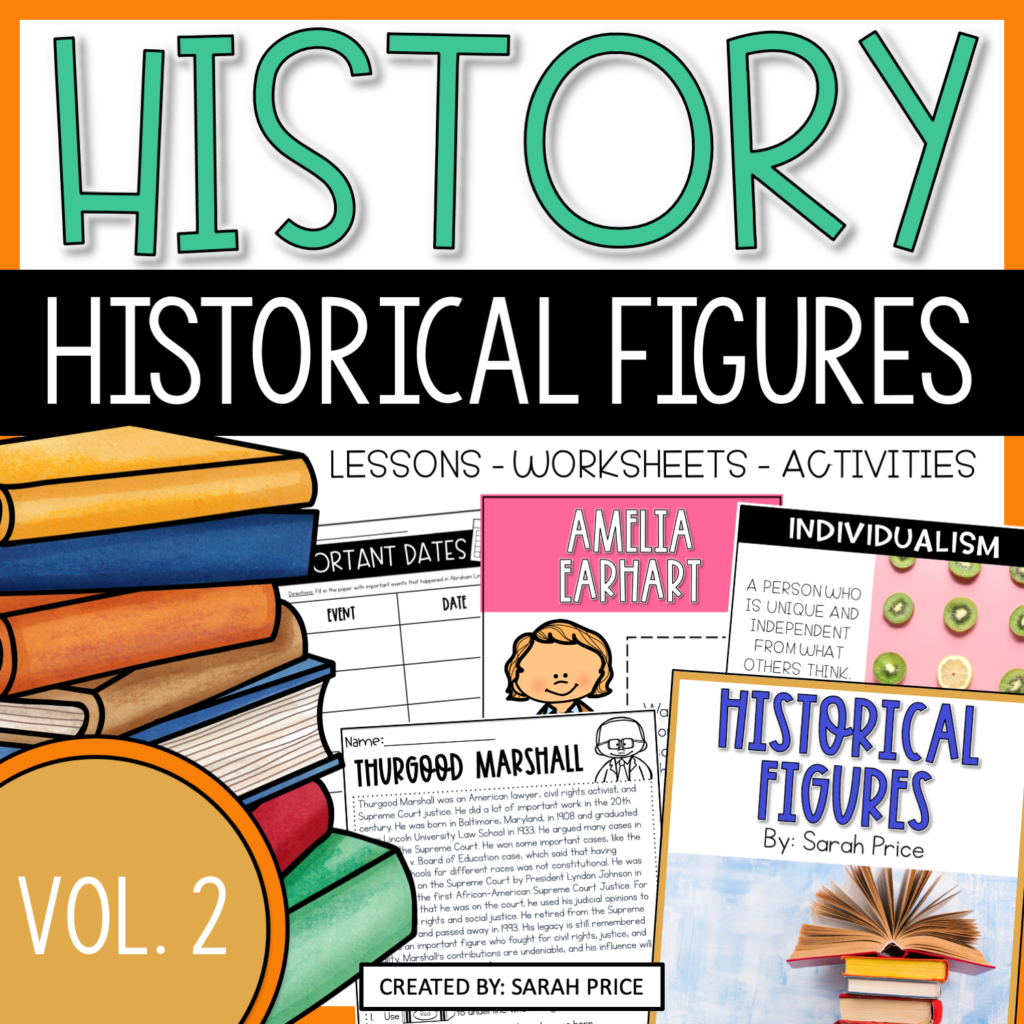
The next step is to discuss the historical figure’s contributions to society and culture. This is where you can discuss the impact they had on their time and how their work has influenced the world. You can use examples, stories, and games to help the child understand complex ideas and concepts. For example, if you are teaching about Abraham Lincoln, you can discuss the Emancipation Proclamation and its impact on slavery in the United States.
Connect the Historical Figure to the Child’s Life
The final step is to connect the historical figure to the child’s life. This is where you can discuss how the figure’s contributions have affected the child’s life and how they can apply the lessons they have learned to their own lives. You can also discuss how the historical figure faced challenges and overcame them, and how the child can do the same in their own life. This will help the child understand the relevance of history and feel more connected to it.
Save Time Planning Engaging Social Studies Lessons!
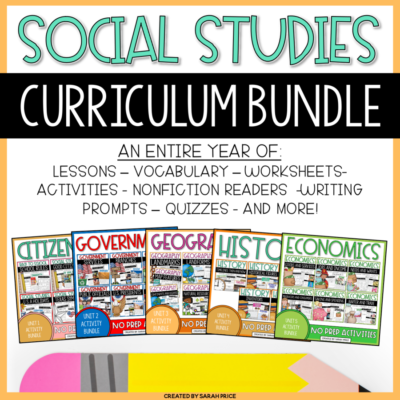
If you’re short on time or want some ready-made lesson plans, check out our social studies curriculum. It’s a great way to add social studies to your class without all the hassle.
How to teach historical figures to kids
Finding fun ways to teach historical figures to kids is important to their education and personal growth. Following these steps can make the learning process fun, engaging, and relevant to the child’s life. Remember to choose appropriate historical figures, use engaging tools and resources, and connect the lessons to the child’s life. By doing this, you will help the child develop a love for history and a respect for the contributions of historical figures.
For More Ideas, Visit These Posts!
HOW TO FIND TIME FOR SOCIAL STUDIES: FUN STRATEGIES FOR BUSY TEACHERS
7 EASY WAYS TO FIT SCIENCE INTO YOUR DAY

